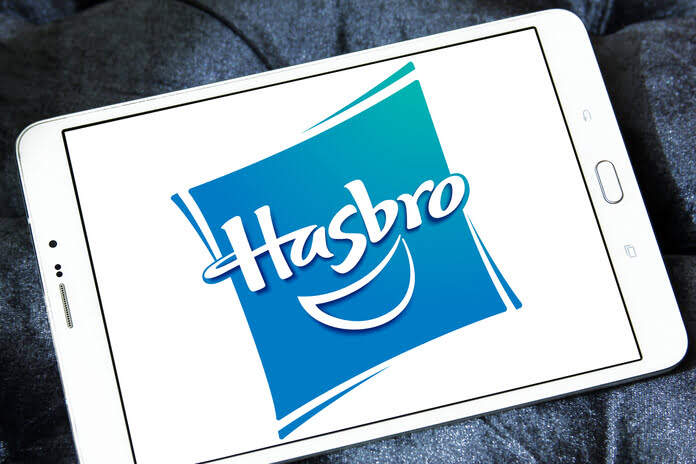Hasbro, Inc. (NASDAQ:HAS) shares are down more than 16% over the last six months, while the industry has fallen by approximately 5%. High prices are the primary cause of the downward trend. The company has been paying high freight and input costs for a considerable time.
However, the increasing attention on eOne content, robust results in its gaming sector, and sales-building initiatives augur well.
Hasbro Q2 Results Beat Expectations
Hasbro, the largest toy company in the U.S., revealed second-quarter earnings that exceeded analyst expectations thanks essentially to demand for its Wizards of the Coast role-playing games.
The company beat analysts’ expectations by reporting a profit of $1.15 per share, excluding certain expenses. Revenue increased 1% from the prior year to $1.34 billion, falling short of the consensus projection of $1.37 billion.
Hasbro’s consumer products segment saw a 7% increase in sales during the second quarter, offsetting European reductions due to currency fluctuations with robust sales in North America and Latin America.
Hasbro raised the price of several of its items to compensate for rising shipping and paper costs. The business is also taking proactive measures to prevent any supply-chain hiccups.
Elements Likely to Promote Growth
Hasbro is still working to adjust its strategies so that E1 and its partners can provide a diverse range of entertainment and innovation. E1 production is progressively regaining strength in the content department thanks to a new animated series on Netflix and Alien TV. The Peppa Pig, PJ Mask, and My Little Pony movie teams have all received positive feedback for their respective shows’ content.
The company anticipates spending between $725 and $825 million on content for live-action and animation TV shows and movies in 2022. It stressed the need for big-budget films like Dungeons & Dragons and Transformers: Rise of the Beasts as a catalyst for increasing revenues and operating profits in 2023. More than 200 projects involving Hasbro IPs are now in development for TV, cinema, and animation as the eOne team continues to work on their development and production. According to the company, the eOne team is collaborating on more than 35 projects for Hasbro brands, including, among many others, material for TRANSFORMERS, MAGIC, D&D, PEPPA PIG, MY LITTLE PONY, POWER RANGERS, and PLAY-DOH.
Amid the COVID-19 pandemic, Hasbro sees a spike in demand for video games. Hasbro offers a top-notch gaming portfolio and improves gaming experiences on various platforms, including face-to-face, tabletop, and mobile digital gaming. Hasbro’s Entertainment and Licensing division is positioned for growth thanks to a robust product selection and a growing emphasis on items with entertainment components. The company announced that it is currently making investments in greater, longer-term games. Hasbro’s game division, which also sells Transformers, Peppa Pig, My Little Pony, Magic: The Gathering, NERF, and Peppa Pig for the Marvel portfolio, is doing well.
The company aspires to develop into emerging markets in Eastern Europe, Asia, Latin America, and South and North America, growing brands and utilizing opportunistic toy lines and licenses. Given its investments in advertising and other attempts to promote its brand, Hasbro has been generating a sizeable portion of its revenues from emerging regions, which have higher prospects for revenue development than developed markets.
2022 Guidance
Hasbro projects low-single-digit revenue growth and mid-single-digit operating profit growth for the upcoming fiscal year 2022. The company projects a 16% adjusted operating profit margin for the fiscal year. Operating cash flow is estimated to be in the $700–$800 million range.
According to the Zacks Consensus Estimate, sales and EPS for Hasbro’s current fiscal year are expected to increase by 78.1% and 93.9%, respectively, over the reported levels for the same period last year.
Featured Image: Megapixl @Mohammedsoliman4















